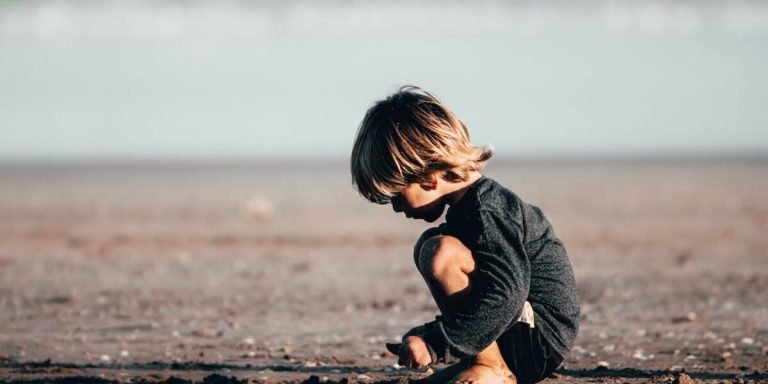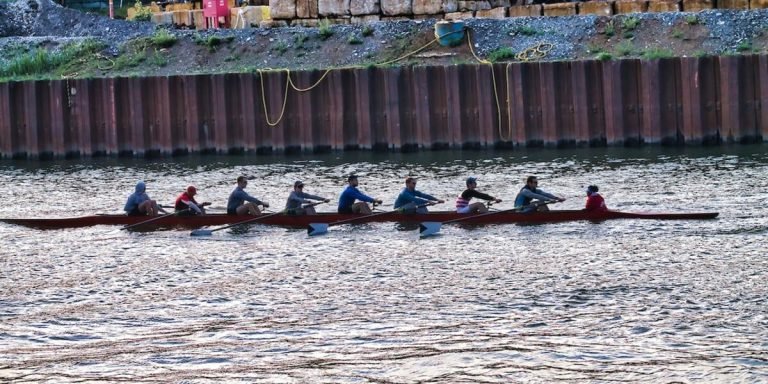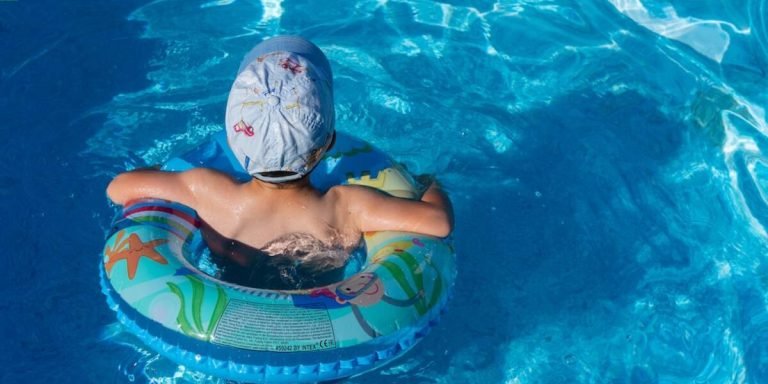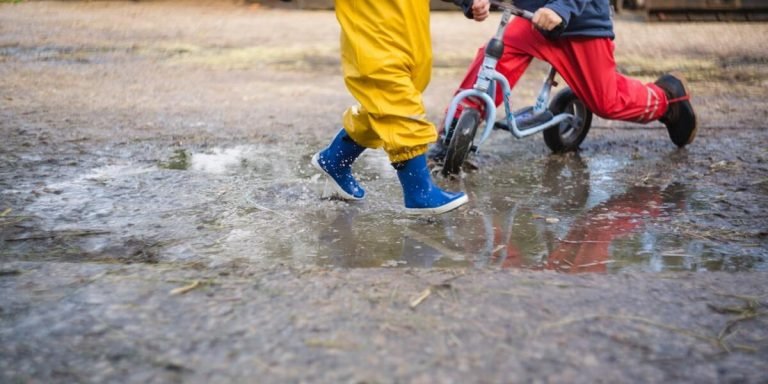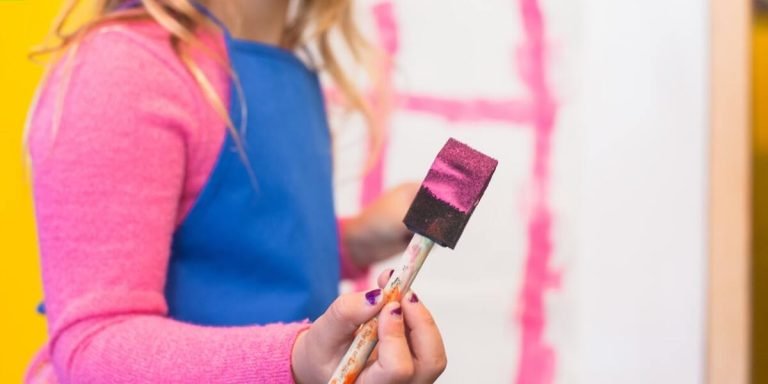Hands-On Learner: The Impact of Experiential Learning in Childhood Education
In the realm of childhood education, various learning styles have emerged over time. One such approach that has generated significant interest is experiential or activity-based learning which caters to the ‘hands on learner’. This dynamic and immersive tactic goes beyond conventional methods by allowing children to learn through direct experience and active engagement.
Contrary to traditional lecture-style teaching where kids passively receive information, this strategy emphasizes participation and interaction — offering a vibrant platform for cultivating problem-solving skills, creativity, critical thinking ability among other valuable competencies. It’s not about simply understanding theoretical concepts; it’s creating an environment where these ideas transform into tangible realities via practical explorations.
Did you know?
The concept of experiential learning isn’t a modern idea. Aristotle famously stated around 350 B.C.E., “For the things we have to learn before we can do them, we learn by doing them.”
Understanding Experiential Learning: The Hands-On Learner Approach
Experiential learning, also commonly known as ‘learning by doing’, is a key model of education that has been gaining significant traction in recent years. This approach emphasizes on hands-on activities and real-world experiences to help children grasp the foundational knowledge they need in an engaging way. It’s particularly giving rise to the concept of a “hands-on learner,” which signifies students who learn best through active engagement with their environment.
In our fast-paced digital age where innovation rules, there’s an increasing demand for effective methods catering to diverse learning styles across classrooms worldwide. The traditional rote memorization isn’t cut out anymore for all learners; some require tactile or kinesthetic exploration wherein they can touch, interact with and gain insights from their immediate environments.
Hands-On Learning encourages children not just to hear about concepts but experience them firsthand—an understanding that extends beyond textbooks into everyday life scenarios. They get involved physically and mentally—whether it be performing science experiments, constructing models or even role playing historical events—the possibilities are endless! Embracing this formative method helps transform young minds into insightful thinkers capable of critical problem-solving—a trait invaluable throughout one’s lifespan.
Defining Experiential Learning and Its Core Components
Experiential learning, often known as the “hands on learner” approach, is an integral element of modern pedagogy. With its roots dating back to prominent educational theorist John Dewey’s emphasis on practical experiences in education, it has seen increased adoption among educators and parents alike in 2023.
In essence, experiential learning turns traditional rote methods upside down. It moves away from passive absorption of information towards active engagement with concepts via direct experiences or ‘learning by doing’. This empowers the learners to understand theoretical foundations more practically within a real-world context.
The core components defining experiential learning are:
1) Concrete Experience: The first step involves immersing oneself in an actual situation that forms a new experience or reinterprets existing ones.
2) Reflective Observation: Post experiencing activities; students contemplate their actions and behaviors. They observe how they interacted with certain situations effectively deciphering their strengths and weaknesses.
4) Active Experimentation: Finally comes implementing these newly formed ideas into modified practices for future tasks. Here children use critical thinking skills developed through earlier stages to apply learned strategies optimally.
How Hands-On Learning Engages Different Senses for Deeper Understanding
In today’s educational landscape, hands-on learning is a cornerstone of teaching methodologies. As intuitive as it sounds, the “hands on learner” approach goes much deeper than simple physical activity; it brings together multiple sense modalities to enhance comprehension and retention.
Firstly, let’s talk about sight – undeniably one of our most relied-upon senses. Hands-on tasks typically involve visual stimuli such as diagrams or manipulative objects. When students engage with these components directly, they often gain clearer mental images that can aid in understanding complex concepts.
Moreover, visually observing cause-and-effect relationships also helps learners make connections more effectively compared to just reading text.
Next up is touch – another key player in experiential learning strategies. Physical interaction adds tangible context for abstract ideas by allowing kids to explore shapes, textures and movement patterns firsthand.
Let’s not forget auditory engagement! Whether through verbal instructions or the natural sounds created during an experiment (think back on your primary school science class when you mixed vinegar and baking soda), sound connects children emotionally with their lessons while enhancing recall abilities later on.
Not all activities may incorporate taste or smell but we cannot disregard their impact entirely especially within subjects like culinary arts or biology where tasting food samples might be part of the curriculum!
It’s important here also to mention kinesthetic sensory awareness – body movements executed during practical experiments boost memory imprinting making certain phenomena easier remembered for student participants involved over mere spectators watching demonstrations from afar .
Strategies to Foster Activity-Based Learning Environments
In today’s digital age, instilling a love for learning in kids is more critical than ever. Especially when we talk about ‘hands-on learners’, the old chalk-and-talk methods simply won’t cut it. Instead, what these young minds need are activity-based environments where they can learn by doing and indulge their inherent curiosity.
For fostering an atmosphere conducive to experiential learning, various strategies can be implemented. One of them could be setting up dedicated exploration corners within classrooms or homes that allow children to interact with different educational materials creatively: puzzles, building blocks, art supplies etc.. This method encourages self-learning while also promoting cognitive growth through real-world context shared experiences.
Another strategy involves employing interactive technology tools like virtual reality (VR) headsets challenges traditional classroom settings offering immersive and hands-on learner experiences on a much broader scale – from exploring underwater ecosystems without even stepping into water! By leveraging such cutting-edge technologies this can go a long way in making subjects come alive for students thus boosting their retention levels significantly which ultimately solidifies the grasp of concepts learnt because seeing truly is believing!
Beyond that teachers parents alike should focus on creating diverse project-based assignments involving group work leading team-building skills along effective communication – attributes exceptionally essential modern-day evolving workplace dynamics world beyond school years as well 2023 our present year certainly calls innovative approaches towards childhood education and engaging dynamic lessons ought be right at its heart!
Incorporating Active Participation in Lesson Plans
Creating lesson plans that actively involve children can play a significant role in fostering an activity-based learning environment. With the rise of digital technology, it is easier than ever to implement interactive lessons and incorporate elements for hands-on learners.
1. **Create Interactive Lessons:** Technological advancements provide plenty of innovative tools to create immersive educational experiences. For instance, virtual reality and augmented reality technologies allow students to explore different scenarios with a hands-on approach using 3D models or holographic images.
2. **Encourage Group Activities:** Encouraging group activities helps foster teamwork among pupils while enabling them to engage more thoroughly with their work by brainstorming ideas together thus strengthening the concept of experiential learning.
3. **Use Visual Aids** : Using visual aids such as charts, pictures or even tangible objects will appeal particularly well to your “hands on learner”. It’s proven not just effective but also breaks down complex concepts into digestible information.
4.I**nclude Outdoor Activities**: Stepping outside the conventional classroom setting often acts as a breath of fresh air for students’ minds; field trips have long been appreciated for stimulating curiosity and providing first-hand experience related directly back towards subjects being studied.
5. **Provide Room For Student Autonomy**: Giving youngsters opportunities where they’re able guide their own progress encourages active participation during lessons – this boosts self-confidence aside from strengthening skills required when encountering difficult problems beyond school life.
Tools and Resources that Support Kinesthetic Education
In today’s digital era, fostering a hands-on learning environment is crucial for kinesthetic students who learn most effectively by doing. This can be achieved with the right set of tools and resources that support this type of education.
One invaluable tool in offering an activity-based educational experience involves incorporating edutainment games into your teaching curriculum. These are specially designed to educate while entertaining children through active participation, making learning both immersive and engaging.
Educational apps are another great resource for experiential learning since they cater directly to the tech-savvy generation of learners we see in 2023. With interactive features such as quizzes, problem-solving scenarios or real-world simulations at their disposal, these applications allow our little hands-on learners to absorb knowledge actively rather than passively.
Teaching aids like tactile boards or manipulative models also play an important role in supporting kinesthetic education. These physical objects prompt kids not just to look but actually touch, feel and manipulate them – thus encouraging logical thinking alongside motor skill development every step along the way.
Experiment kits provide yet another valuable recourse when it comes to nurturing interest-driven and inquiry-led experiences among youngsters who thrive best under exploratory settings; exemplifying concepts from different field areas ranging perhaps from chemistry sets demonstrating chemical reactions up-close first-hand all the way down over towards eco-system terrariums that demonstrate life cycles before one’s own eyes!
Evaluating the Impact of Experiential Techniques on Retention Rates
In the realm of childhood education, experiential techniques have seen a surge in popularity. They are recognized to particularly benefit hands-on learners who prefer practical exposure and direct involvement over mere theoretical learning. With these methods based on ‘learning by doing’, children tend to remember experiences they actively participated in significantly longer than rote lessons.
Analyzing recent educational research from 2023 reveals that this newfound emphasis on experiential or activity-based learning can directly influence retention rates among students. Studies indicate that when youngsters engage with their environment during active exploration, it triggers complex cognitive processes which consolidate information deeper into their memory banks.
Furthermore, modern educators acknowledge how experientially taught subjects maximize recall ability amongst young learners compared to traditional teaching methodologies. By integrating real-world context and sensory interactions within lesson plans, knowledge gained turns more tangible thus enhancing understanding for future application. Therefore advocating for an increase use of such immersive activities might just be the key in unlocking higher potential amongst our Hands-On Learner generation.
Analyzing Comparative Studies Between Traditional and Hands-On Instructional Methods
Comparative studies can provide a profound perspective into these changes, shedding light not just on what works better but also why it does so.
Consider this: Our traditional teaching method relies heavily on rote memorization and repetitive tasks. However, contrasted against an interactive project-based assignment where children actively engage with their task at hand – which one do you think fosters retention? Research suggests that children who learn via experientially engaging activities showcase significantly higher retention rates than their counterparts subjected only to standard classroom instruction.
For instance, let’s elucidate with mathematics – traditionally considered quite intimidating for young learners due its abstract nature when taught conventionally through textbooks and lectures. But observe how perspectives change when they’re challenged to use manipulatives like blocks or shapes; suddenly mathematical concepts become tangible objects kids can handle — turning abstraction into something concrete! This tactile engagement helps cement understanding because it gives them physical context around theoretical constructs.
Similarly in science lessons too – instead of simply reading about chemical reactions from textbook pages wouldn’t experimenting firsthand elicit stronger impressions?
Such showcases stress upon two important realizations:
Long-Term Benefits of a Kinesthetic Approach in Educational Settings
Effective learning involves engaging multiple senses, whereby a kinesthetic or “hands-on learner” approach thrives. This teaching methodology capitalizes on the natural human tendency to learn through active experimentation and exploration rather than passive class lectures. The long-term benefits of such an experiential technique in educational settings have consistently garnered attention.
Educators around the world embrace kinesthetic learning strategies for their lasting positive impact on retention rates. Let’s explore why this hands-on approach earns recognition as groundbreaking:
1) **Promotes Active Learning** – First off, hands-on education significantly enhances students’ involvement compared to traditional chalk-and-talk methods that emphasize rote memorization only.
2) **Improves Retention Rates** – By physically interacting with materials or carrying out activities related to lessons learned, children tend to remember information longer.
3) **Stimulates Multiple Intelligence Areas** – Experiential techniques stimulate many intelligence areas simultaneously; therefore, it caters better for different types of learners—visual, auditory and tactile—in one fell swoop.
4) **Boosts Critical Thinking Skills**- Kinesthetic activities often demand problem-solving skills which can help develop critical thinking abilities among youngsters—a vital skill necessary for academic success later on.
5) **Greater Engagement and Enjoyment in Learning Process**: When classes become interactive play sessions instead just another dull lecture session , child’s enjoyment multiplies exponentially . This not ensures deeper understanding but also creates lifelong love towards learning .
Conclusion
In a nutshell, the endless growth possibilities of being a “hands-on learner” serves as an ally in fostering creativity and critical thinking skills among youngsters. Experiential learning means tangible progress; it shapes innovative thinkers who not only remember lessons but also comprehend them deeply with personal real-world experiences.
We invite you to continue exploring our website for further insights into childhood education- because every child is unique, each with their own method of perceiving this vast world. Our resources are intended to guide parents and educators like yourself through this beautiful yet intricate journey of nurturing young minds. Remember – your guidance today paves the route towards tomorrow’s achievers!



